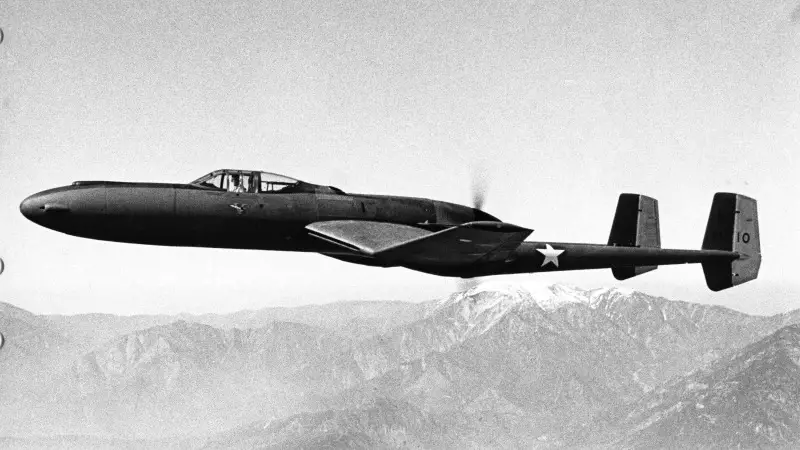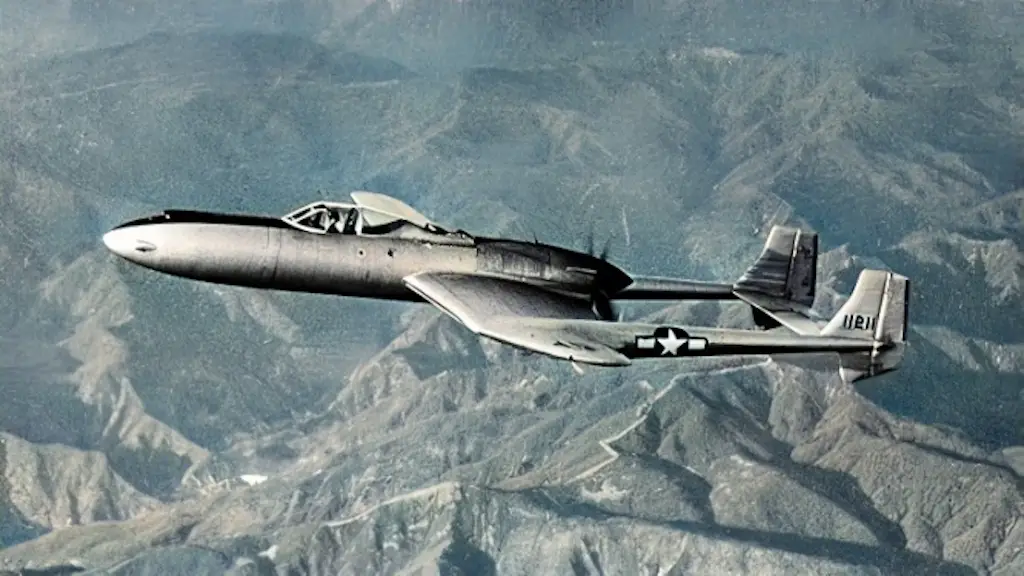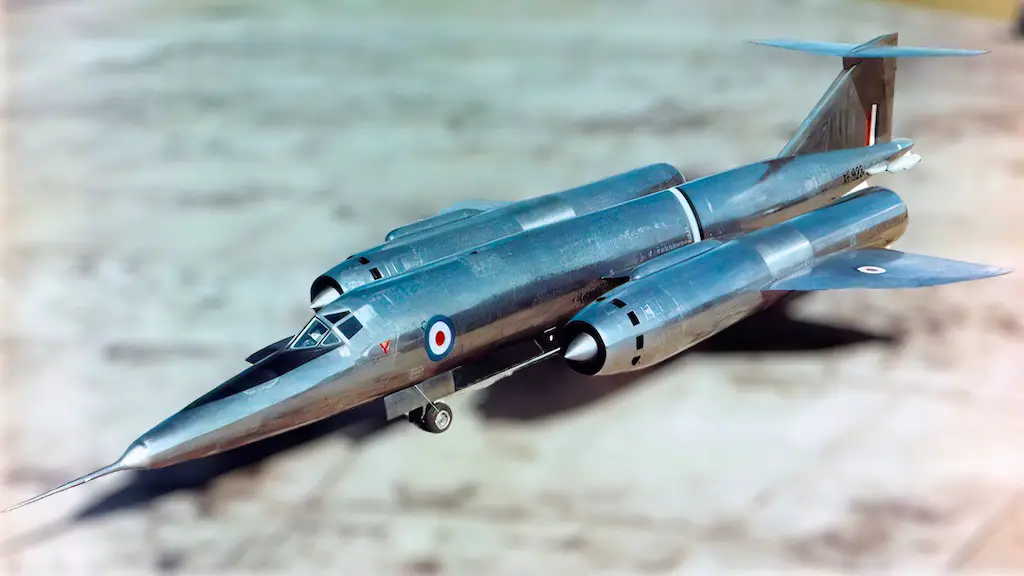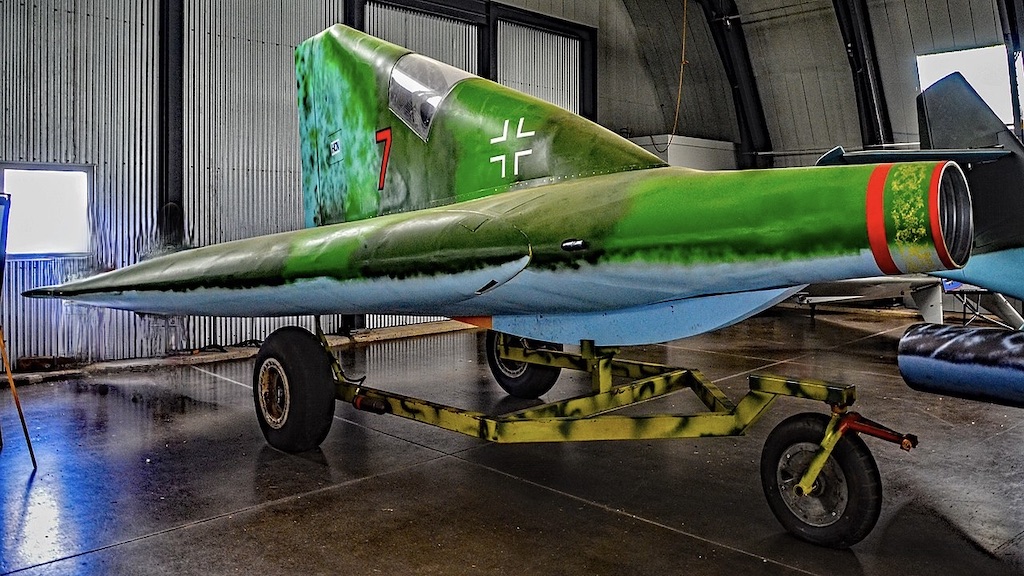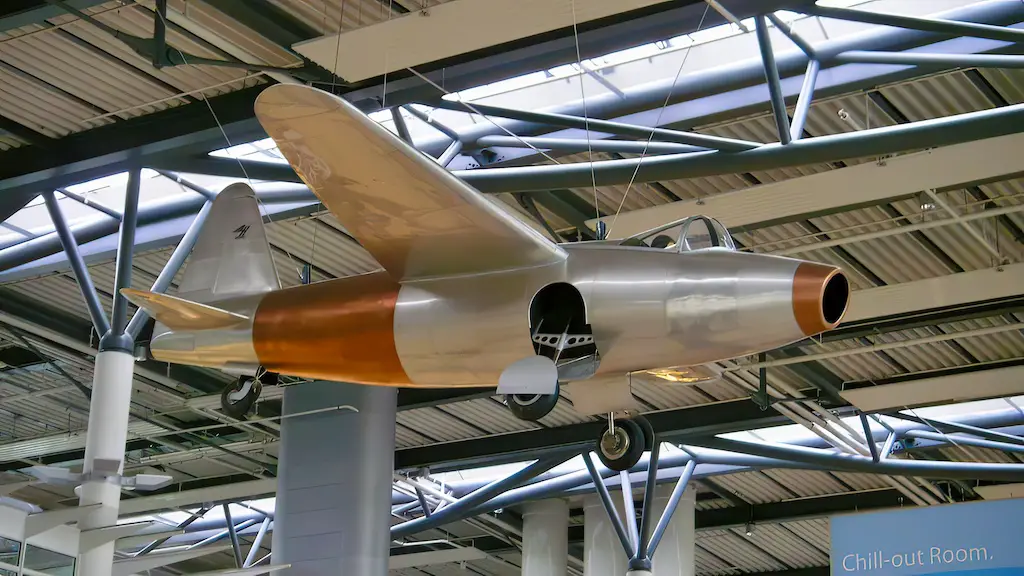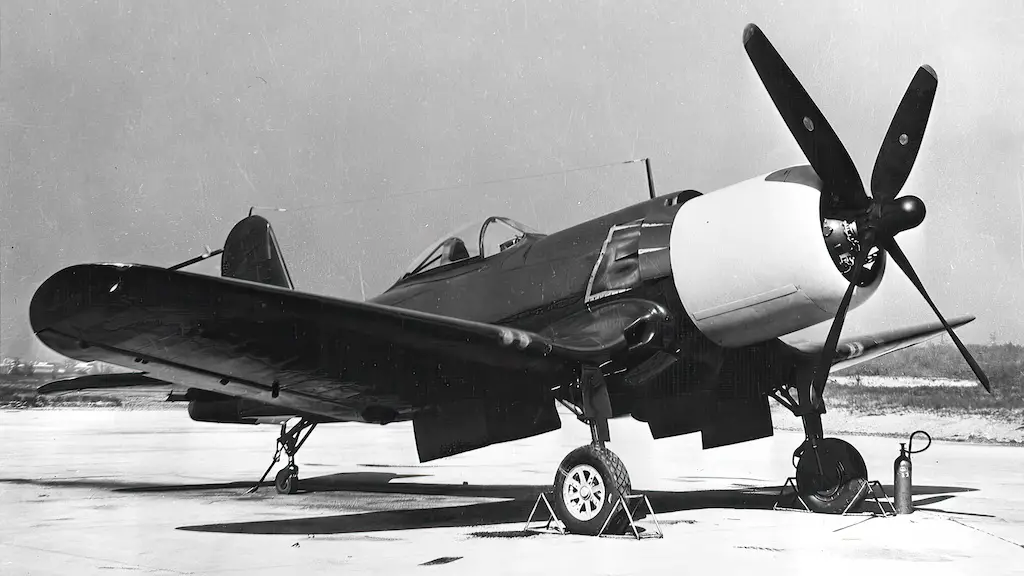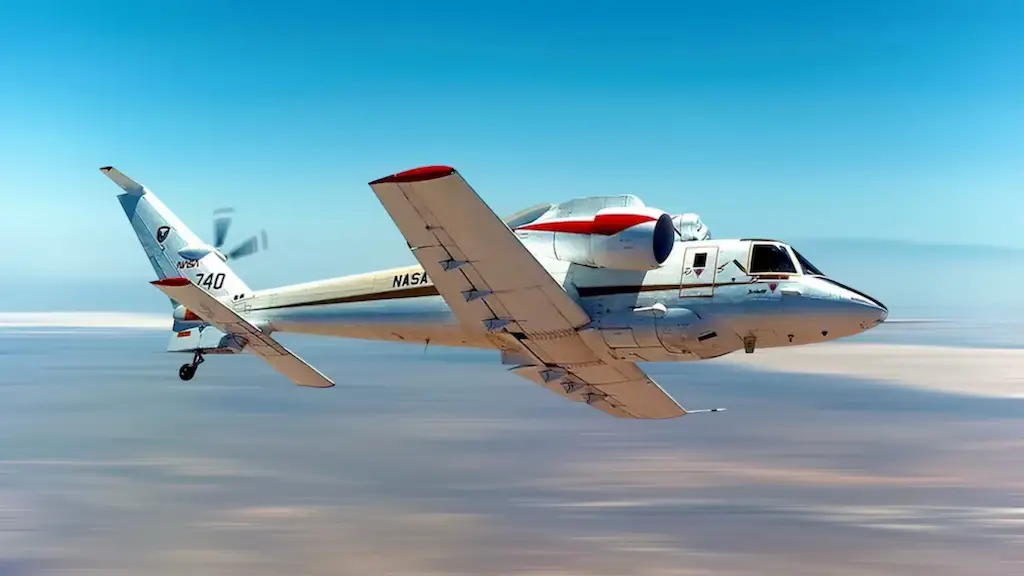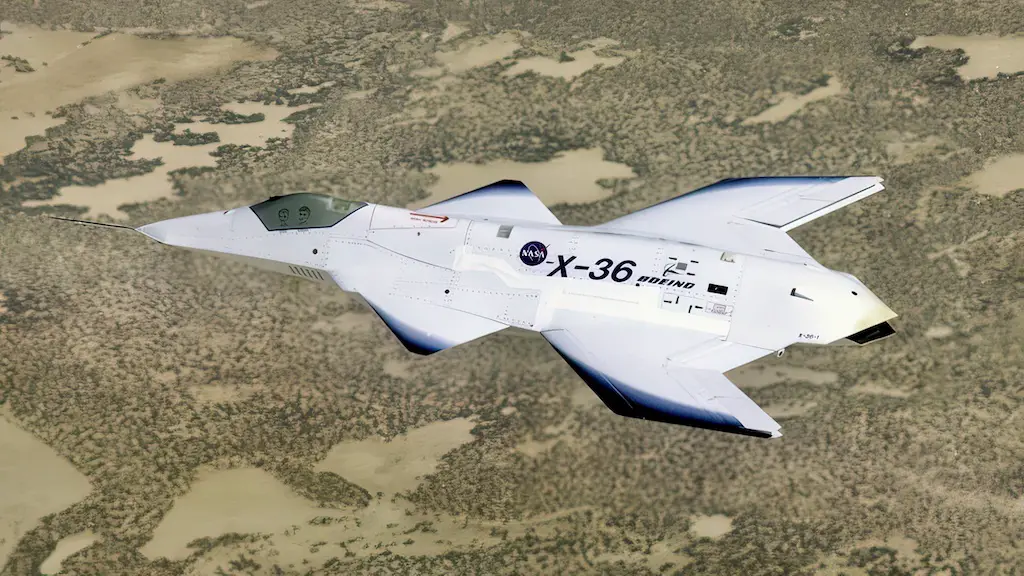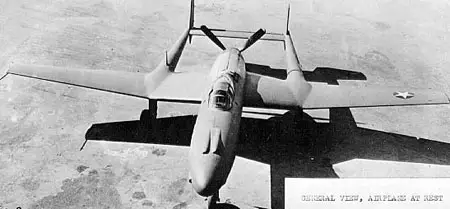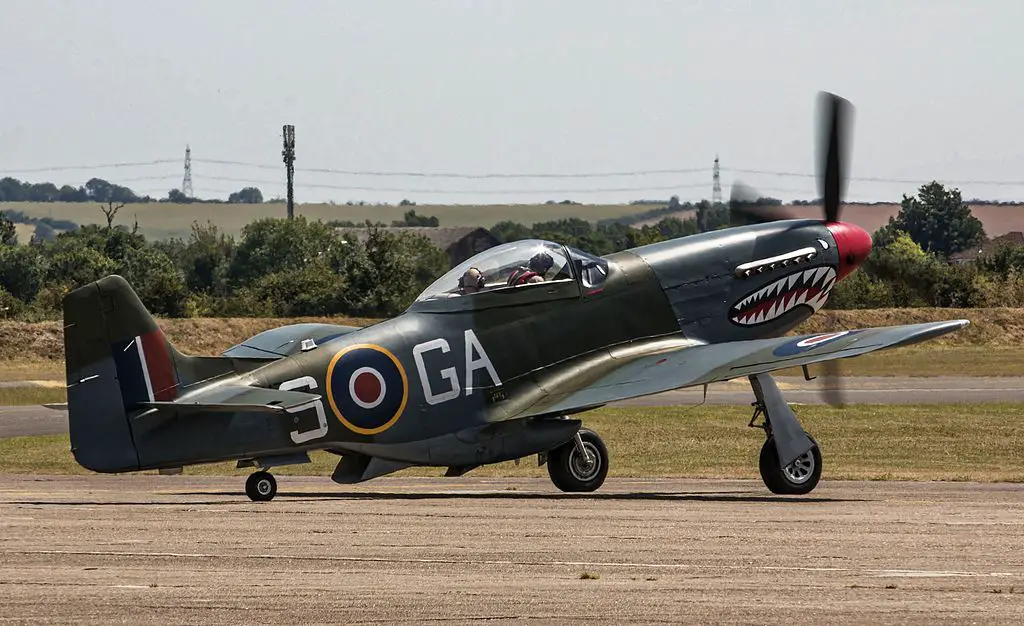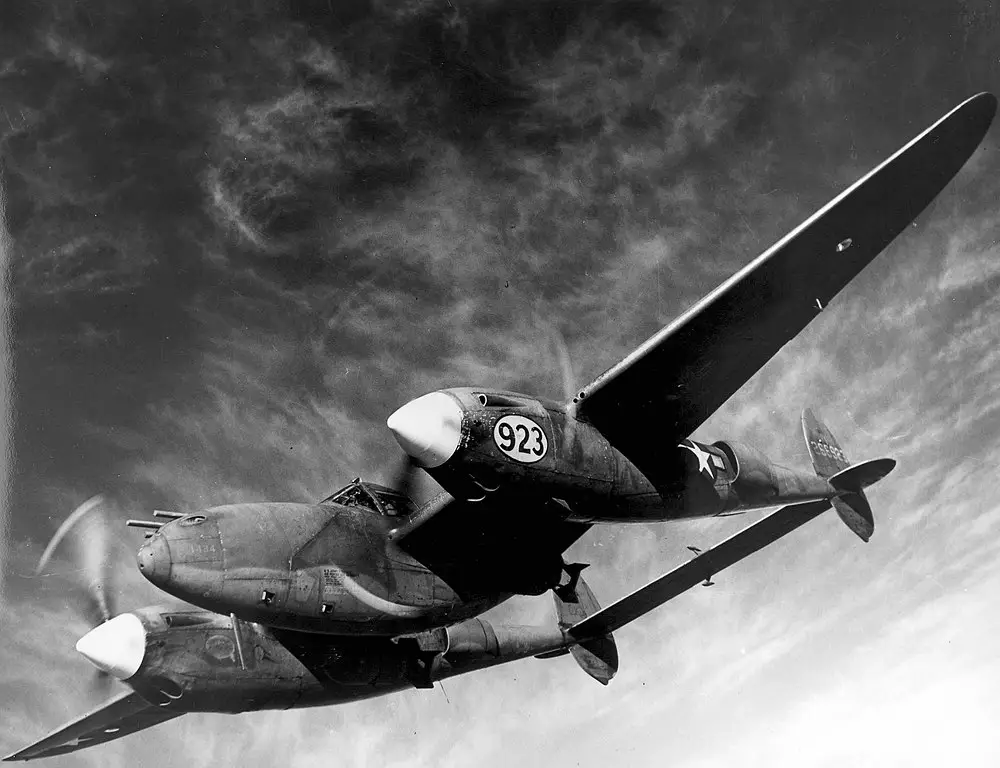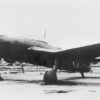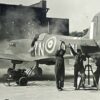Ambitious Beginnings in Revolutionary Design
As global tensions rose in the late 1930s, the United States Army Air Corps (USAAC) issued a challenge to leapfrog aviation technology. This initiative gave birth to the Vultee XP-54 “Swoose Goose,” a plane from the ambitious R-40C specification aiming to redefine fighter aircraft. The XP-54 was not merely an addition to the war effort; it represented a bold attempt to surpass the technological advancements of global adversaries.
After winning a competition rich with innovative proposals, the Vultee Aircraft Corporation undertook the task in 1941 of developing the XP-54. This aircraft broke from traditional designs, showcasing a pusher configuration, a distinctive twin-boom tail, and swept wings for optimal high-altitude performance. It heralded a new era of aerial dominance, boasting a turbo engine system that was revolutionary for its era.
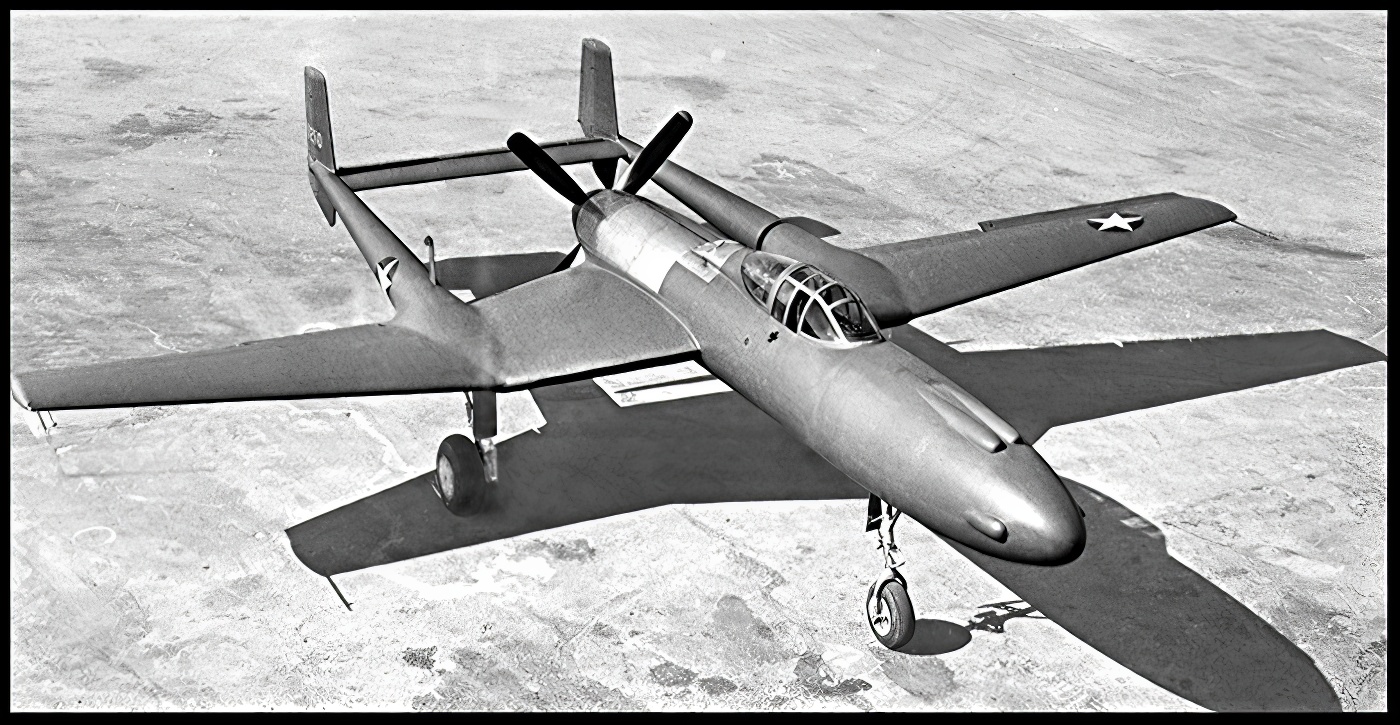
Innovations and Technological Breakthroughs
The design of the XP-54 showcased remarkable engineering creativity. Its most innovative feature was the cockpit access mechanism: a movable floor that elevated the pilot into the aircraft, thus eliminating the need for external ladders and enhancing operational efficiency. This feature highlighted the project’s dedication to pushing technological boundaries.
The XP-54 encountered significant hurdles from the start. Despite its innovative features, it faced stability and control issues at high speeds. The unconventional layout and the experimental nature of its design elements made development complex. The project had to abandon the initial Pratt & Whitney X-1800 engine choice due to its cancellation, opting instead for the unproven Lycoming XH-2474. This engine swap, along with the addition of a turbo supercharger to offset the increased weight, complicated the project further.
Confronting Reality Through Testing
The XP-54’s first flight in 1943 served as a critical test, exposing the aircraft’s potential and limitations. It showcased impressive capabilities, like achieving high altitudes and featuring advanced weapon systems. However, operational challenges soon became apparent. Engine failures and design issues raised doubts about its viability as a frontline fighter.
As World War II progressed, the demand for high-altitude interceptors like the XP-54 waned. The effectiveness of conventional aircraft designs, such as the P-51 Mustang and P-38 Lightning, and the emergence of jet propulsion technology, made the XP-54’s specialized capabilities redundant. This led to the premature end of the XP-54 project, as focus shifted to the next generation of fighter aircraft.
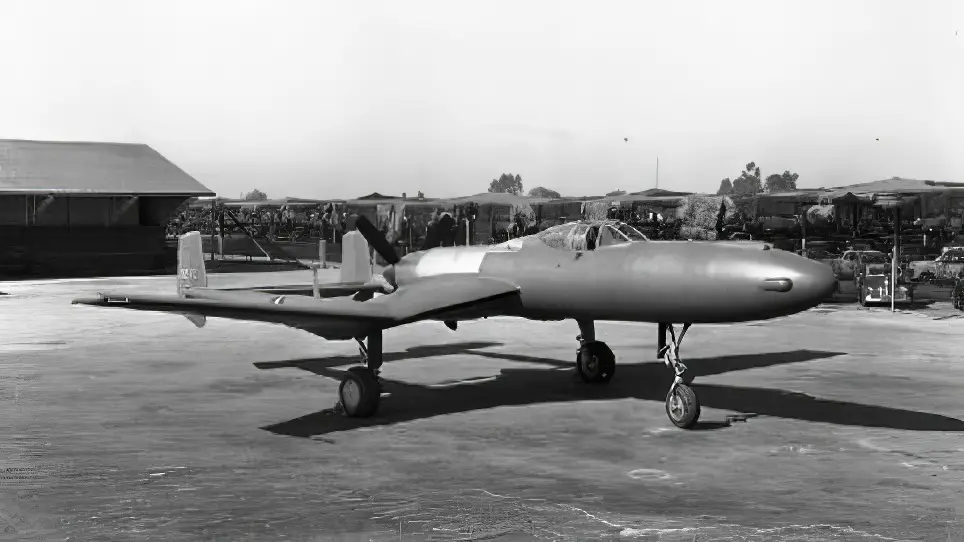
Although the Vultee XP-54 “Swoose Goose” never entered combat, its story remains a compelling chapter in aviation history. It symbolizes the peak of innovation and the courage to dream big, despite facing overwhelming challenges. The XP-54 reminds us of the relentless pursuit of technological advancement and the intricate dynamics between ambition, innovation, and the practicalities of warfare.
